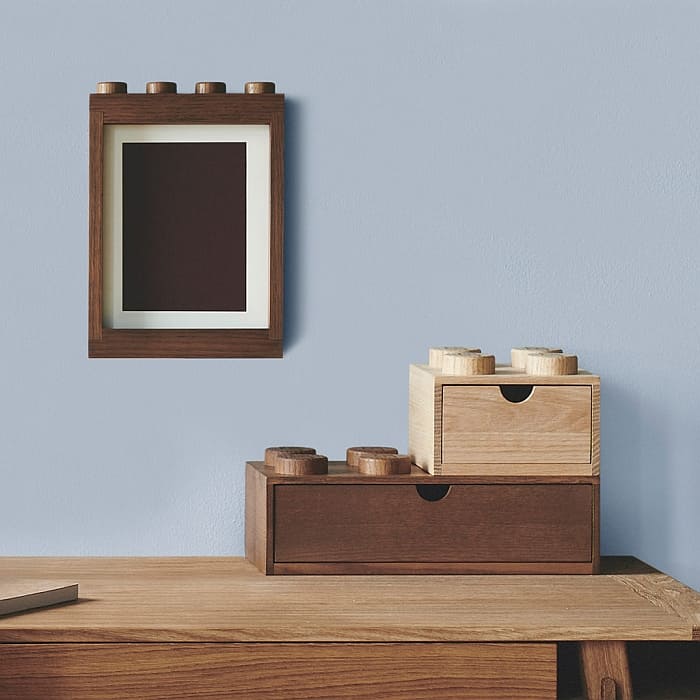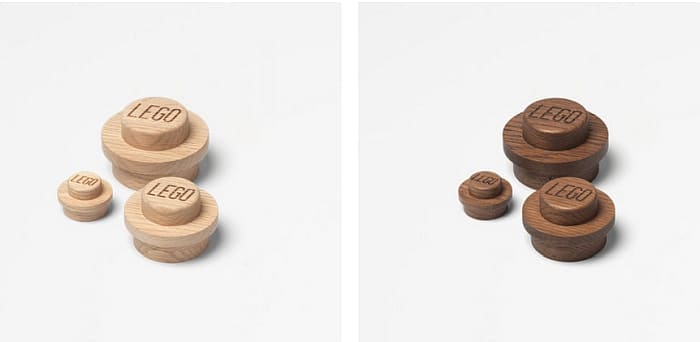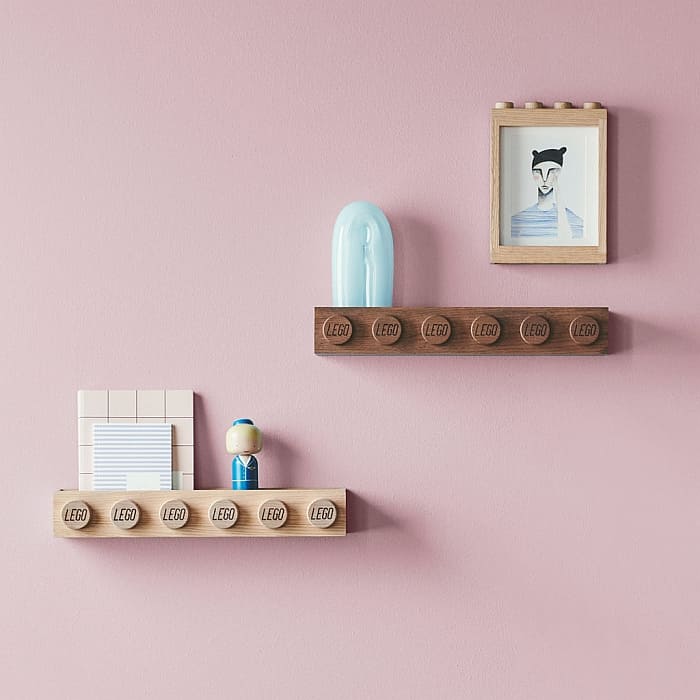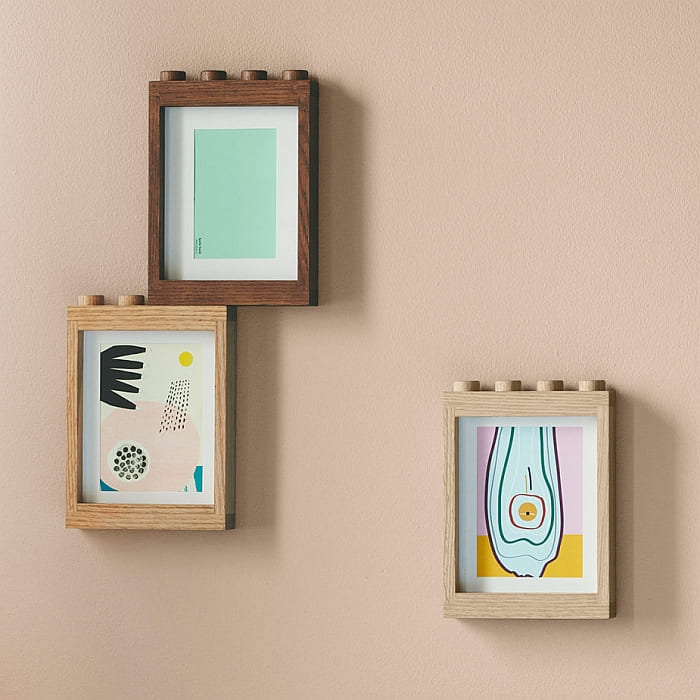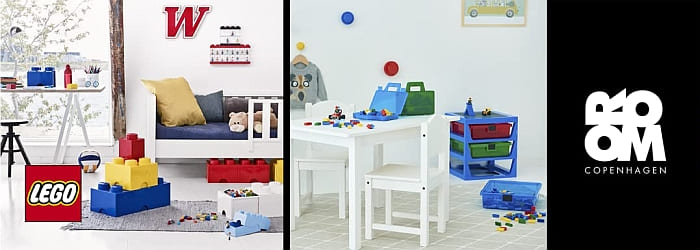LEGO quietly added a new set to the LEGO Technic section of the Online LEGO Shop without any funfair or announcement. This is surprising, as the #42131 LEGO Technic App-Controlled Cat D11 Bulldozer is the second largest LEGO Technic set ever released after the #42100 LEGO Technic Liebherr R9800 Excavator. So, let’s take a look at the new behemoth!
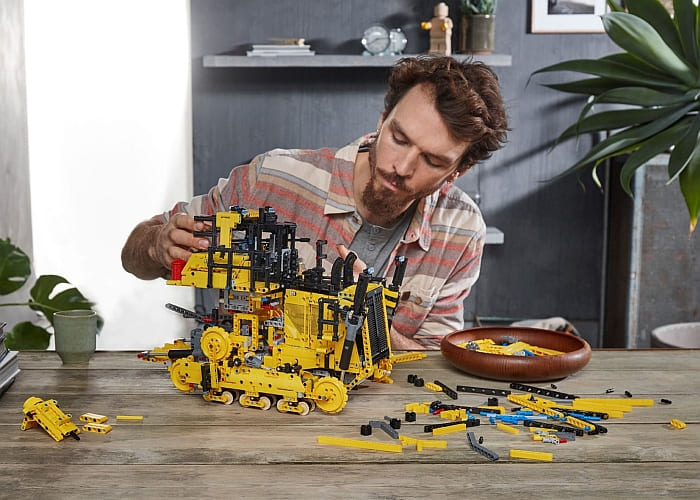
Just to compare, the #42100 LEGO Technic Liebherr R9800 Excavator comes with 4,108 pieces for the price of $449.99. It measures over 15″ (39cm) high, 25″ (65cm) long, and 10″ (27cm) wide, and includes 3 XL Motors, 4 L Motors and 2 Bluetooth-controlled Smart Hubs. The #42131 LEGO Technic App-Controlled Cat D11 Bulldozer comes with 3,854 pieces and is also priced $449.99. It measures over 10″ (26 cm) high, 22″ (57 cm) long, and 14.5″ (37 cm) wide, and includes 2 #15 Motors, 2 L motors and 1 Bluetooth-controlled Smart Hub. The piece-count and overall size are comparable, but the Bulldozer has less Powered Up components, which makes it even more expensive than the Excavator.
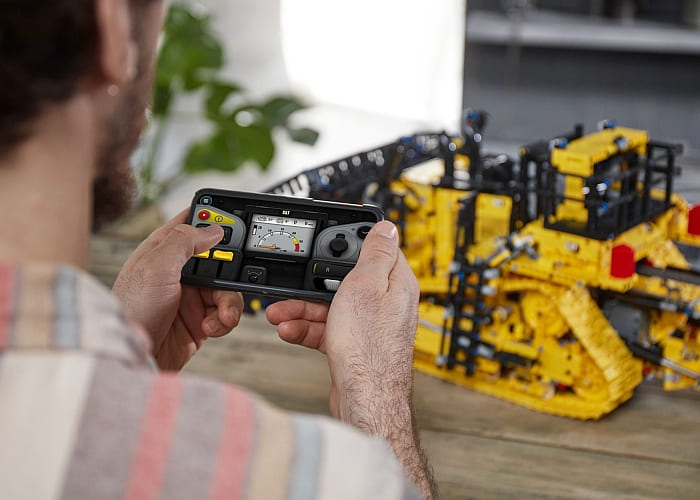
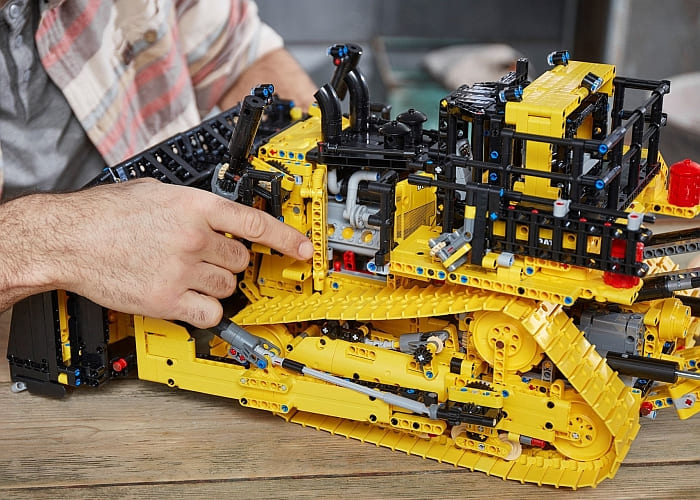
Here is the official description of the set: Celebrate a hero of the construction world as you build a replica version of the biggest Cat dozer with the #42131 LEGO Technic App-Controlled Cat D11 Bulldozer kit. This large set lets adults enjoy quality ‘me time’ focusing on their passion. Just like the real Cat bulldozer, this model is built in modular sections. LEGO fans will love the new-for-October-2021 LEGO element – a large track that can be tightened and loosened. And the build is just the start! With many authentic features and functions packed into this model, there’s lots to discover. Requires 6 x AA batteries (not included).
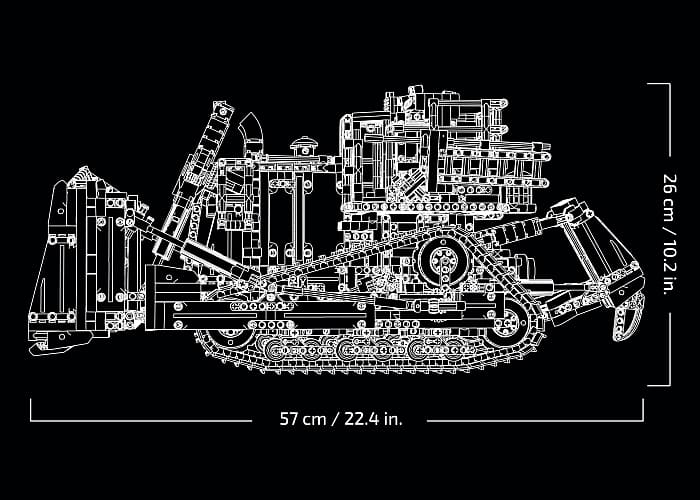
TAKE CONTROL OF YOUR BULLDOZER MODEL – Use the CONTROL+ app to operate and explore this heavy-duty machine. Use the app to drive and steer. The app delivers realistic movement as you raise, lower and tilt the blade or raise and lower the ripper and ladder.
EXPLORE ENGINEERING – LEGO Technic buildable models feature realistic movement and mechanisms that let LEGO builders explore engineering concepts in an approachable and realistic way.
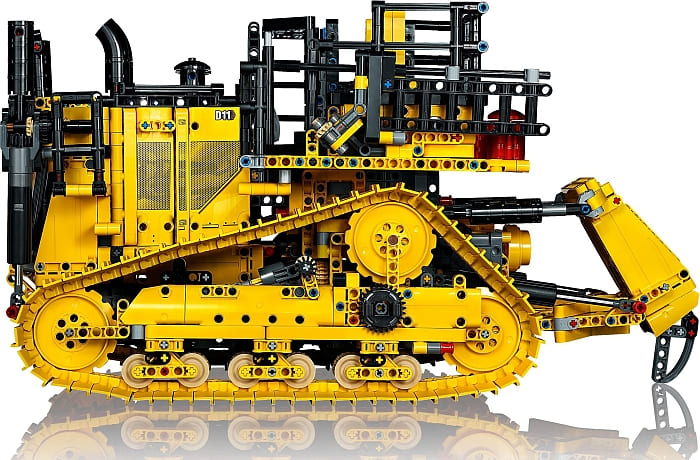
In the video below, LEGO Technic expert, Balazs from RacingBrick will share with you his initial thoughts on the set, with a full review following in the near future.
The #42131 LEGO Technic App-Controlled Cat D11 Bulldozer is going to be available starting October 1st. It is already listed at the LEGO Technic section of the Online LEGO Shop.

What do you think? How do you like this new LEGO Technic App-Controlled set? Which one is your favorite large LEGO Technic set? Feel free to share your thoughts and discuss in the comment section below!
And you might also like to check out the following related posts:




